Leaderboard
Popular Content
Showing content with the highest reputation on 05/10/2021 in all areas
-
2 head lumi green tips purple body frogspawn- $80 only 2-types no id green zoas with orange centre and pink yellowish centre (colony- 10cm rock) - $50 only Rainbow lobo (6-7cm)- $60 only Cateye purple bubble (palm size)- $80 Duncan (at least 10 heads) - $40 Green Alveopora with blue centre (larger palm size)- $60 Blue zoas with green centre (8-10polyps)- $301 point
-
1 point
-
1 point
-
Ah ok I see what you mean now, and yes I would agree that many of the corals that we keep in our tanks are not as close to the sand bed as in nature. I've dived a little too in the past, and am very lucky to have been able to do a dive at the Great Barrier Reef once, albeit just a tiny part, but there was sand there for sure. And yea agreed as well, as long as it looks right for us, I think that's the most important, its a hobby after all, enjoy it! Thanks and will try to update and share the experience that I think I would like to know if I was another person reading this. On that note, guys, Coral Farm is definitively open to visitors. Read a thread somewhere with some people saying its closed to public, its not. The aunty and a couple of foreign workers there were friendly enough too. But as we are currently in an ongoing pandemic, as per the safe entry signs posted there, please keep it to 2 visitors per family. It's a pretty big place and there is a large selection of fishes. Not only the range of fishes but also the depth. eg. 1 type of fish at least 10-20pcs to choose from, some gobies I think they even had 40-50 different pcs of the same species to choose from. They even had what I estimate to be 2m+ long sharks?! I think they had 5 of those, lol. But anyway, what I appreciated most about the place was that they had smaller specimens of fishes which you normally see larger specimens of in our regular LFS. eg. I saw some small six line wrasses (1-1.5"), powder blue/brown (2"). For me I prefer to buy smaller specimens so I can enjoy them growing up/out in my tank. As for corals, didn't pay too much attention because I wasn't looking for corals, but in any case don't think there were too many. It's a bit of a hike, and since there is possibility that I was just lucky today, it maybe a good idea to call in advance before heading down if you are looking for something specific. Though for me I just wanted to jalan jalan so just swung by without calling. Was looking for a pair of true perculas but ended up going for a pair of Onyx because the black colour intensity and pattern on one of them was very appealing to me. I'll try to post pics in the next couple of days once they settle down. Hope they will be ok. Again, please try to keep it to 2 visitors per family out of consideration to their safe entry policy. When I typed in google maps, there were 2 "coral farm" results, but the one that got me where I needed to be is: 60 Lim Chu Kang Lane 6F, Singapore 718843. Enjoy!1 point
-
Day 9 post hatch update Fries have gotten bigger, total of 9 fries survive till date, initially tot lost one but it managed to survive all the big fishes predation. Interesting thing is that it swam to join the others like its instinct, Mine is 4 foot tank and 1 fry is like 0.5cm. Not sure how it find its way, Amazing! Fries have gotten abit bigger Hatching BBs using hobby kit Just put the eggs at the outer rim, once hatch bbs will swim towards center where there is light. Harvest and tats it! no egg shells to clear. enriching the bbs with reef roids Day 1 post hatch, bbs is at instar 1 stage with no mouths so cant eat, 1 hr prior feeding, i enrich bbs with selcon, hope sticks to the bbs body and the banggai fries eat will benefit from enrich selcon Day 2 post hatch, bbs is instar stage 2 with mouth developed, this stage i enrich with reef roids, powdery enough for the bbs to eat? Hope so haha...reef roids is mainly planktons so quite nutritious with the HUFA (fatty acids all theses). Baby fries often suffer from sudden fright syndrome where it will get spooked and twitch to bottom and die, read that related to lack of HUFA all these..hopefully can prevent that. Helping a bro look after Holy grail, 3 blue notes at SA, coral prices crashing, newer reefers can wait a bit and get better deal. [emoji23] Thanks for reading and happy reefing! Sent from Singapore Reef Club mobile app1 point
-
1 point
-
Received some queries what I feed my tank, how if it affects nitrate levels, and my opinion on Reed Roids. I feed minced fish/prawn meat & pellet food to the fishes daily. And Reef Roids to the corals about 3 times a week. Specific for Roids Roids, it’s a very good zooplankton based food for SPS, LPS and filter feeders. Broadcast feed is perfectly fine. In my case, both the return pumps & wavemakers go into feed mode, so the bits float around the display tank longer and be captured by the coral polyps. Mix with a bit of tank water to make it relatively thick. But most of the time, I’ll turn off the return pump and wavemakers then target feed the corals. And enjoy the sight of the corals’ feeding response. After 15-20min, turn on the wavemakers to allow the food to circulate in the display tank. After a further 10min, turn the return pumps back on. No big issues with nutrients. A quick check last week showed its 6.3ppm, which is alright. Gonios love it. While some can get away with not feeding SPS corals, I find they fare much better with feeding. Also, polyps will extend more regularly, especially for millipora. It’s interesting to see how some LPS respond to fine food - they secrete a mucous layer to capture the reef roids then suck in through their mouth . A quick video :1 point
-
Picked up a frag from fellow reefer recently. All the best on your future plans. Here it is in my tank. Hope I can maintain the lovely colors. Some other pics taken yesterday. Most with yellow filter. Bali shortcake (From Coral Fanatics SG) Divaricata (From Coral Fanatics SG) Space Invaders Pectinia (From Coral Fanatics SG) Horrida (From Reefing Reality) From reefer (originally from S5) Love the colors of this branching hammer (From Coral Fanatics SG) Holy Grail torch Fiji pink birdsnest1 point
-
It has been one month+ since using the Mastertronic. And about 3yrs+ with the Alkatronic. There has been queries from fellow reefers along the way. I'll share some pics & comments here. Let's start with Mastertronic. Configuration & setup : Mine is set up to run Ca, Mg, PO4 & NO3. While the Mastertronic is able to test Alkalinity (using Salifert test kit), I configured mine to skip alkalinity and continue to use Alkatronic to measure this parameter. Alkatronic uses its own proprietary reagent to measure the change of pH using a pH probe. Each bottle can last ~2500 tests => at least 1.5yrs based on 4 tests per day. Moreover, the Alkatronic has an extra dosing pump to automatically dose alkalinity solution when it drops below the range. Accuracy : The Mastertronic use various test kits major brands, namely Red Sea (Phosphate, Magnesium), Fauna Marin (Nitrate), API (Calcium), Salifert (Alkalinity). I did some manual testing using the same test kits just to check accuracy. Mastertronic is spot on accurate for all the parameters. However, I did notice that Magnesium seems to read higher on Red Sea test kit compared to Salifert Magnesium. I'd trust the Red Sea Magnesium test kit a little more since it is all liquid reagents. On the other hand Salifert kit uses some crystals in the testing that is quite hygroscopic (absorbs moisture). I suspect this affects the accuracy since I'm actually adding less crystals when its laden with moisture. In any case, the small difference does not bother me. Overall the Mastertronic has been quite problem free. A couple of things to take note during installation. Some have complained of bent needles. I've not had any issues personally. I suppose its important to ensure the needle is fully inserted & fairly straight. A more likely cause of bent needles is improper positioning of the vials of reagent. The bottles must be fully inserted in the carousel. If the cap is not fully closed, the top may not slide in properly and result in the needle poking the plastic lid (instead of the silicone membrane). The needle may also bend further if its inserted at an angle, into an unclipped & moving vial. This is the inside view of the Mastertronic. At work, my boss often says "What gets measured gets done". In the same way, having water parameters get tested on its own, on a regular basis, ensures you are on top of water parameters. Encourages one to take action towards the target numbers. My numbers are not perfect but getting there. Test frequency : Nitrate : 1x a week Phosphate : 2x a week NO3 : 1x a week Magnesium : 1x a week OLI : 1x a week Alkalinity (via Alkatronic) : 4x a day So far, all is good with the Mastertronic. New firmware updates are pushed down to the unit automatically and cloud connectivity has been reliable. As with any new products, we expect to see more firmware releases in the initial months as corner case bugs get resolved. So far none has affected my operation. Next topic on Alkatronic. its been a workhorse since February 2018 (see original post here: https://www.sgreefclub.com/forum/topic/142862-my-slice-of-nature-part-3/?do=findComment&comment=1318876) Looking back, it probably saved my tank on several occasions. I will never run a tank without one. From the 4x daily KH measurements, you are able to understand what's going on. KH dropping very fast during the day (when lights are on). I'm using a calcium reactor. Tank consumes about 1.7dKH a day. With the alkatronic, it is possible to detect if the calcium reactor outlet tube is clogging as less effluent is coming out. This happened before when I was away on a business trip. I then triggered a fellow reefer to my place to unclog the calcium reactor. In the meantime, the Alkatronic was dosing alkalinity solution till help arrived. KH decreases gradually over the week. This could either be the dosing is slowing down gradually (measure it). Or a sign that the corals are consuming more Unable to hold KH levels. Bigger than usual swings from day to day. This is a tell tale sign of low salinity. I usually get this if salinity drops to about 1.023 - 1.024SG (instead of 1.026 / 35ppt) KH increases gradually over the week. There could be 2 reasons More is being dosed. Check calcium reactor effluent rate or dosing pump accuracy Corals not growing / consuming (more likely case). When this happens, its usually some water parameter is out of balance. Usually I'll detect that potassium is very low (eg. 350ppm instead of target 400ppm) or Magnesium (1260ppm instead of target 1400ppm). I've also noticed that dosing trace elements increase consumption slightly. KH increases beyond 13dKH. This is usually a hardware fault. The maximum that Alkatronic can read is 13dKH and give a Code3 error. The unit determines the kH level based on the amount of reagent added. Higher alkalinity if more reagent is added. However if the reagent nozzle is clogged, no reagent is dispensed into the beaker, but the unit is still counting the volume. Check the pink nozzle. Unclog it. In my case, I snipped a bigger hole and recalibrated the pump. The issue didn't come back again. Reagent tubes leaking. The only tube that has a higher chance of leaking is the 1.6mm one for the reagent. It stretches over a acrylic tube. Especially if you tug & pull it, it can develop micro holes or cracks over time. As a preventive step, I snip off the ends ever 6 months or so. This is what it looks like after 3 years of use. The internal peristaltic pump tubes and the 1.6mm reagent hoses have been changed once around the 2.5yr mark. You can see from the color of the hoses. The pH probe is still the original set. Its calibrated once every 6-9 months. I've changed the hoses once so far. They weren't leaking or anything but just a preventive move.1 point
-
Cause related to DOC may be hard to prove without controlled experiments & proper equipment. What I have is anecdotal data which may not be able to demonstrate root cause or nail down to the factors affecting the result. Bacteria is a new topic & am keen to explore more. I did notice 2 incidences of massive SPS RTN (really overnight) several days apart. A slimy cloud was observed just above the rocks. Sections of various SPS colonies in contact with the slimy cloud had the flesh peel off overnight. Everything else above it was OK. In both incidences, the tank were fed with Ocean Nutrition Oyster Feast the night before. Don't get me wrong.... Oyster Feast is fantastic food for the tank. But this bottle went bad -> And hence I was actually dosing massive ammonia laden liquid onto the corals. Once the cloud was turkey basted away, the RTN stopped. Coral did not recede further. I mention this here to highlight the importance of ensuring you feed the freshest food possible. I noticed something odd on this bottle of Oyster Feast. Whenever the cap was popped open, there was air gushing out (like opening a coke bottle). I didn't recall this in previous bottles used. I supposed that it'll stink of fishy stuff if it had gone bad. But instead it smelt a little sour. I thought it was odd but continued to use it because good money was spent of it. (just a week old...$30 bottle of food). After 2 incidences, I put some oyster feast under the microscope. 2 observations : 1) Bubbles continued to form between the 2 layers of glass slide. Some kind of gas (CO2? Nitrogen?). The drop of oyster feast is fermenting. 2) The liquid was quite clear. Very tiny bits were present but most of it was liquid. It is very different from microscopy pic of what it should look like. My conclusion is that the food had gone bad. The addition of this increased the level of ammonia / DOC, arising in a cloud of ciliates. Some reefers may refer this as 'bacteria cloud' which in reality is a bacteria layer loaded with ciliates.1 point
-
I've started to journey into the microscopic world of the reef tank. Invested in a good microscope with a camera hooked up. Its great to be able to pinpoint issues and apply the correct fix. For example : Is this dinoflagellates or diatoms? What kind of algae is this? Or be able to identify various parasites. For a start, many have experienced brown jelly disease on hammer & torch corals. The common advise is to discard it immediately as the brown jelly can spread. Another common advise is to dip the coral with coral dip or with iodine to disinfect it. This post hopes to give some insights on what works & what does not. Under the microscope, the brown jelly are actually a huge colony of a type of protozoa (single celled microscopic animal) known as ciliates. They are characterized by the presence of hair like organelles called cilia. Pic from Wikipedia From numerous articles (eg : https://www.sciencedirect.com/science/article/abs/pii/S1385110115300095), the common ciliate associated with coral diseases are Philaster Lucinda & Philaster Guamense Pic below taken by my microscope. The brown bits you see are zooxanthellae. Some have been ingested. I tested some new purchased / store bought hammer corals and a tiny amount of the ciliate are present. Apparently, ciliate are always present in the water but have no effect if the coral is healthy or if the population of the ciliate is small. However, when they colonize in large populations, they attack the weak coral & the infamous brown jelly or RTN occurs. I collected the brown jelly & soaked them in various kinds of coral dips and iodine. Apparently, the ciliates do not die! All still alive! This means that while coral dips & iodine may do well to 'wash' the coral, bits of this parasite are still present and can cause further issues. Possibly that's why brown jelly tends comes back a few days later. In the video below, you will see big colonies of the ciliate. This slimy cloud contains the parasite that can move around to infect the nearby coral. Hence the advise to dip & trim away the infected piece is correct. Of all the products tested, the only one that actually destroys the ciliate is Polyplab Reef Primer. Within 10 minutes, the cilates stop moving (die!) and the cell walls start to disintegrate. And if left for longer periods, it seems to disintegrate entirely (or perhaps it becomes so transparent that I can't see with my microscope) Next step is to understand how to prevent brown jelly or ciliate colonies in the first place.1 point
-
I shared about washing the sulfur reactor 2 weeks ago which in a way 'reset' it and needed to be cycled again. The drip rate today (about 2 weeks since) is almost back to original state. As can be seen by the Mastertronic's nitrate table history (read from bottom to top). Nitrates running around 7.6ppm now. Not bad. I'm a firm believer to feed more to the tank. Just have a better nutrient export system to handle the extra load. Aside from the regular pellets (2x a day), nori seaweed (about 2-3x a day since there are quite a few Tangs), a cube of home made fish/prawn minced prawn, the following are also fed. Pumps/wavemakers in feed mode so they remain in the display tank longer. My feed mode is set to 20min. A must have....Reef Roids. Every 2-3 days. Target fed but most will be blown around the tank for pick up anyway. Mostly in very early morning when the mesenterial filaments are still out. DD Reef paste. I shared this some years back. Contains fish and shellfish extracts. Has complete balanced profile and a blend of soluble amino acid to trigger the feeding response in both fish and corals. Fish love this too. LRS Reef Frenzy. A tiny piece goes a long way. Mostly broadcast feed. The corals love it. Oyster Feast & Phyto Feast. Oyster feast - contains oyster eggs, gonads and tissue. High levels of protein and omega-3 fatty acids. Good for SPS, gonios & filter feeders. Phyto feast - I stopped culturing my own phyto to supplement some variety of food for the pods in the tank. So this is quite convenient. Don't think its a must, just good to have. Not expensive anyway.1 point
-
Went through the very dreaded task of rinsing the sulfur reactor last weekend. Saved up 3 buckets of tank water during water change to rinse the mulm off the sulfur beads. Nevertheless, the reactor needs to go through the cycling process again (hopefully shorter cycle) In the process, the ceramic shaft of the pump was found to be broken. Good thing a spare was available in my stash of spare parts. A good time after that to put up the hammock & relax. From Airmocks : https://www.airmocks.com/1 point
-
Quick update on the Mastertronic. Its expected to be a crazy busy year on my side, so having a Mastertronic will be critical to ensure the fundamental water parameters are kept in view. Installed on 18th February and have been testing it the past few weeks first before giving an update here. Sitting next to the tank. The tubes are standard 2m in length and should not be altered. 1 tank water inlet, 1 RODI inlet (for rinsing) and 1 waste water outlet (into a waste bucket). Test kits used. This should last about 6 months. Reagents loaded in the carousell. Calibration is quite straight forward. Only 2 pumps need to be calibrated. Easy to check accuracy by testing outlet water. The trick to getting good calibration & accuracy is to ensure the hoses are fully primed before calibration. I struggled a little with Pump A calibration (not accurate after calibration). The trick is to give it an extra prime. In fact, it was suggested we check & re-prime as necessary in the user manual. I validated pump A & Stepper pump accuracy every day for the past weeks just to ensure it remains accurate. Its spot on 7ml (target)1 point

.thumb.jpg.57c2e34da3fe90fcdb8e11c6a93f46a9.jpg)

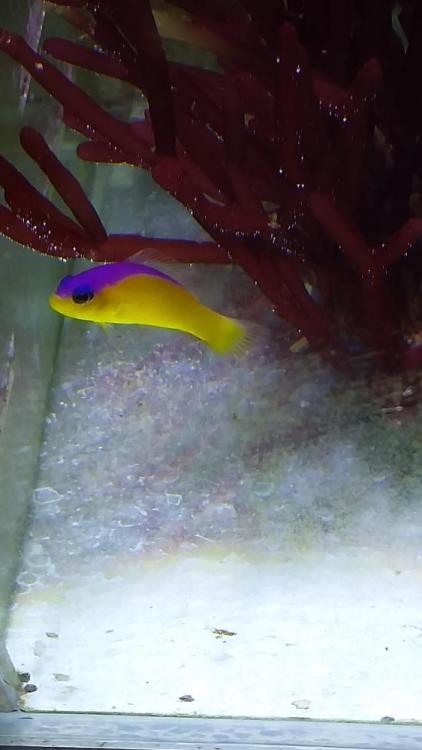

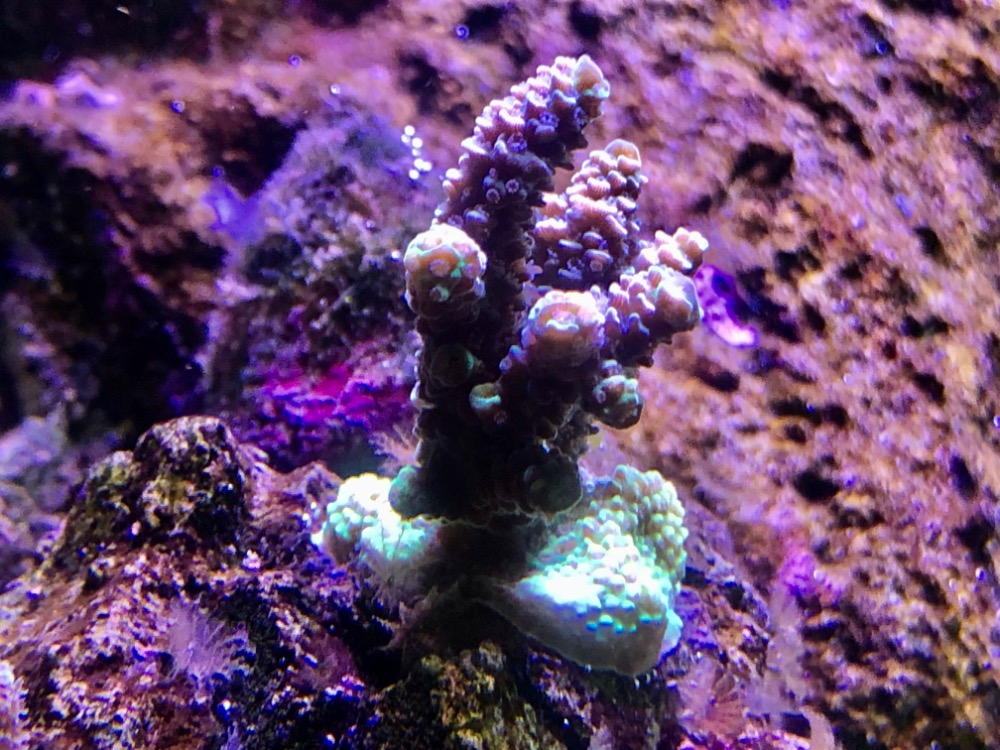

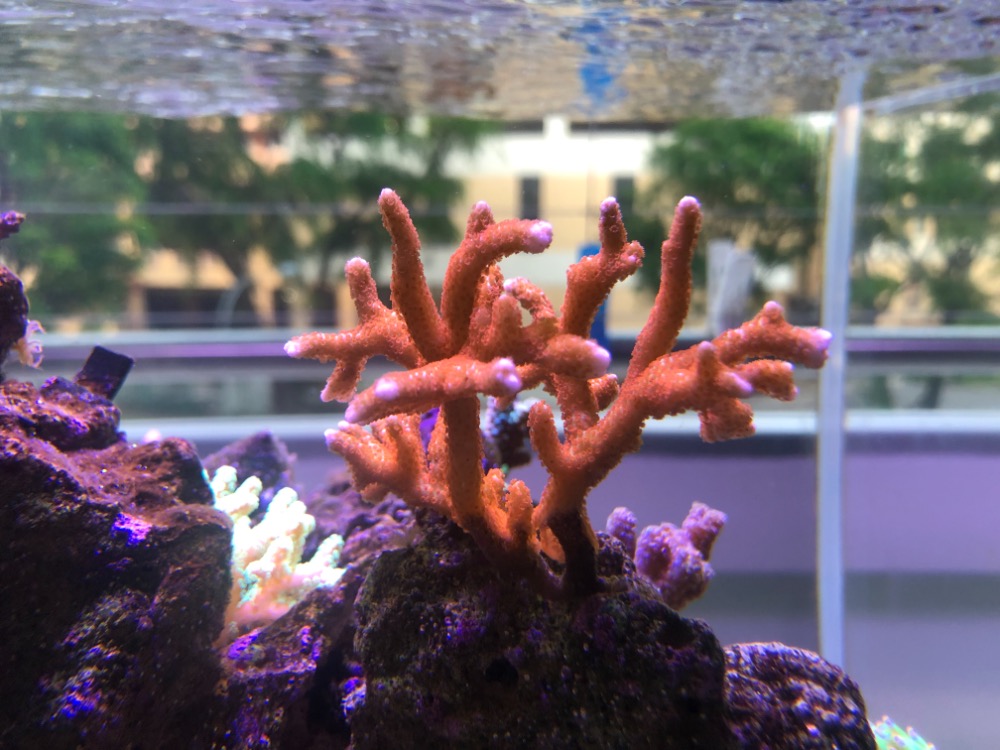
.jpg.75c633f6661791076a48359dc1489a87.jpg)
.jpg.182ffb6298f95c4ca546bc5fa9c80314.jpg)
.jpg.1ba4fb9c12eed1545a2394deff202811.jpg)
.jpg.766202aae9f523be6c744bb10ed1cbd0.jpg)
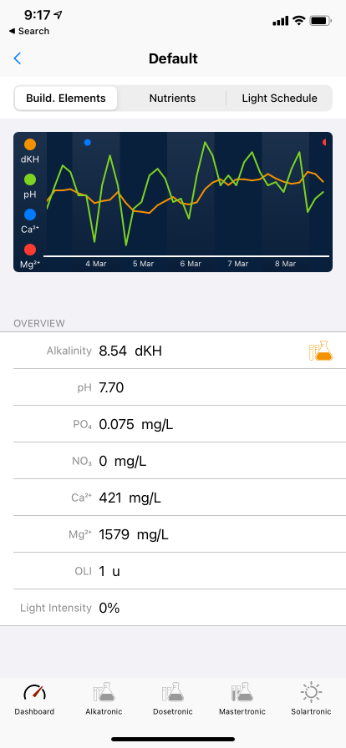
.jpg.b93a5b7e037c745119ed6f730bcd388f.jpg)
.jpg.3d8010be7277f899eeaa6f2aad1ebf5b.jpg)
.jpg.44e05592adec361335da722856eda0fe.jpg)
.jpg.425999fed17df22084875224babe5653.jpg)
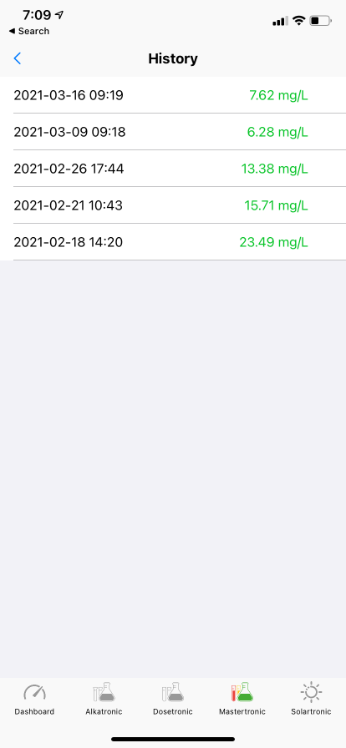
.jpg.b0757cb73f2b403ad435529b53d826cc.jpg)
.jpg.631a15a4398b11a3d07a06712a3a0947.jpg)
.jpg.38e02e0d8d9061175edd4ba0fb463185.jpg)
.jpg.8a154c322d5f7639e8a3bfcb31963748.jpg)
.jpg.c2de1e15170e54cfe1dcaaf109bff3d7.jpg)
.jpg.077e321c9dd7246d92bf38f8c87aad51.jpg)
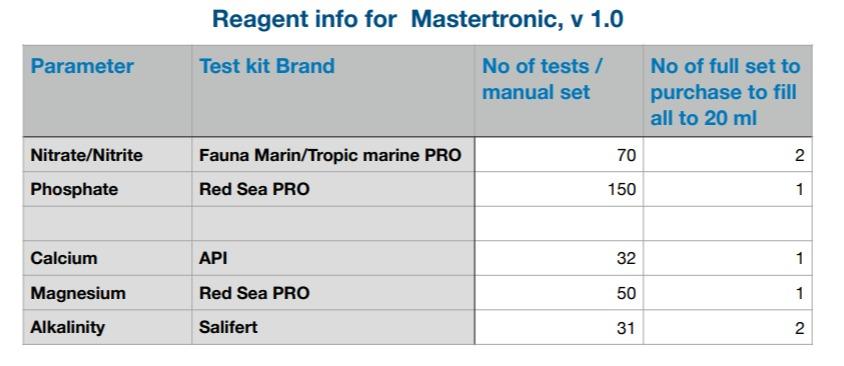
.jpg.f4480264c66bde70225518452efef6d8.jpg)
.jpg.39cb80b0ae14dacec4486b66770bd5ae.jpg)
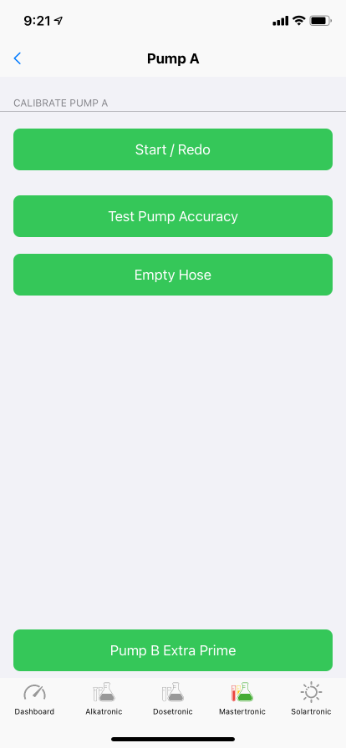
.jpg.21afb4b571bdf611b7df7a2c609eca9b.jpg)
.jpg.2cb28bbad282024dfd40085086464c88.jpg)